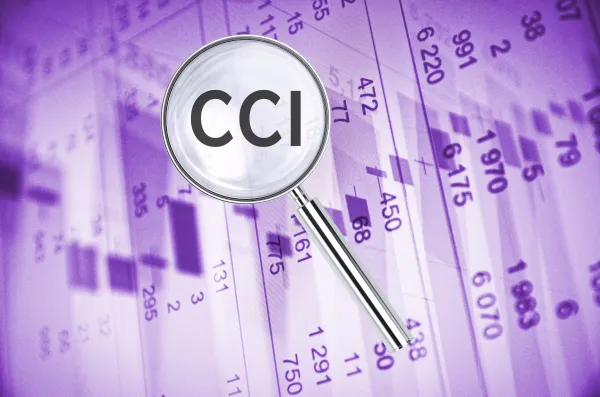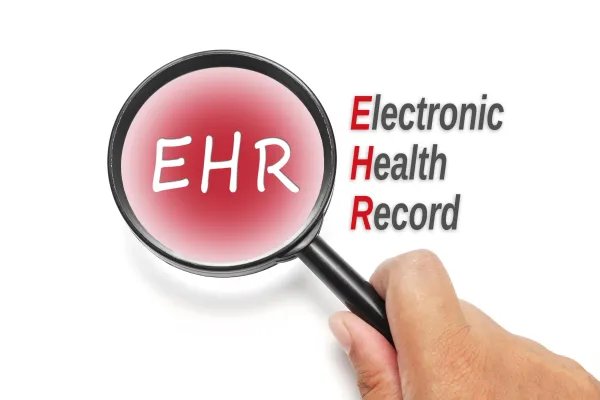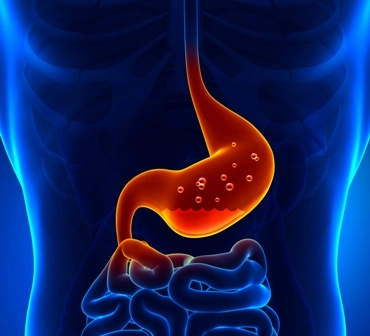General Surgery Coding Alert
ICD-10-CM 2019:
Tackle New Infection, Abscess, Gallbladder Codes and More
Published on Tue Sep 18, 2018

You’ve reached your limit of free articles. Already a subscriber? Log in.
Not a subscriber? Subscribe today to continue reading this article. Plus, you’ll get:
- Simple explanations of current healthcare regulations and payer programs
- Real-world reporting scenarios solved by our expert coders
- Industry news, such as MAC and RAC activities, the OIG Work Plan, and CERT reports
- Instant access to every article ever published in Revenue Cycle Insider
- 6 annual AAPC-approved CEUs
- The latest updates for CPT®, ICD-10-CM, HCPCS Level II, NCCI edits, modifiers, compliance, technology, practice management, and more
Related Articles
Other Articles in this issue of
General Surgery Coding Alert
- ICD-10-CM 2019:
Tackle New Infection, Abscess, Gallbladder Codes and More
OB infections are different. With so many new diagnosis codes that could impact your general [...] - Skin Surgery Basics:
Answer 4 Questions to Focus Skin Coding Options
Define depth for shaving codes. Maybe you can drill down to the correct procedure code [...] - HIPAA:
Grasp Real Penalty Risk for Privacy Violations
Having a program is not enough. You might think you’re safe from enforcement action if [...] - You Be the Coder:
Distinguish MUE and PTP CCI Edits
Question: What is the difference between Medically Unlikely Edits and Mutually Exclusive Edits under the [...] - Reader Question:
Finalize Dx from Pathology
Question: Our surgeon performed a retroperitoneal exploratory laparoscopic surgery with a biopsy of a right-lumbar [...] - Reader Question:
File Timely Claim or Lose Pay
Question: We had a problem with a claim and didn’t get it filed with Medicare [...] - Reader Question:
Pinpoint Fluid Extraction Method
Question: The surgeon extracted a fluid sample from an ovarian cyst using ultrasound guidance. The [...]
View All




